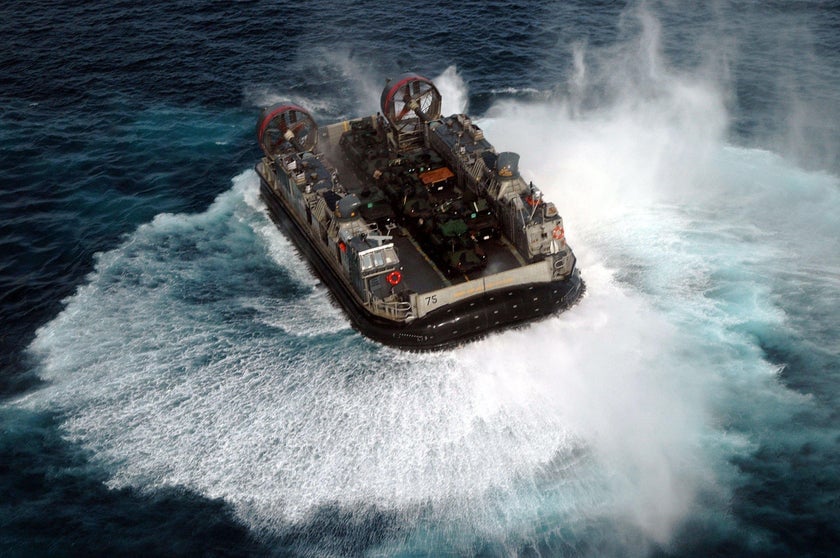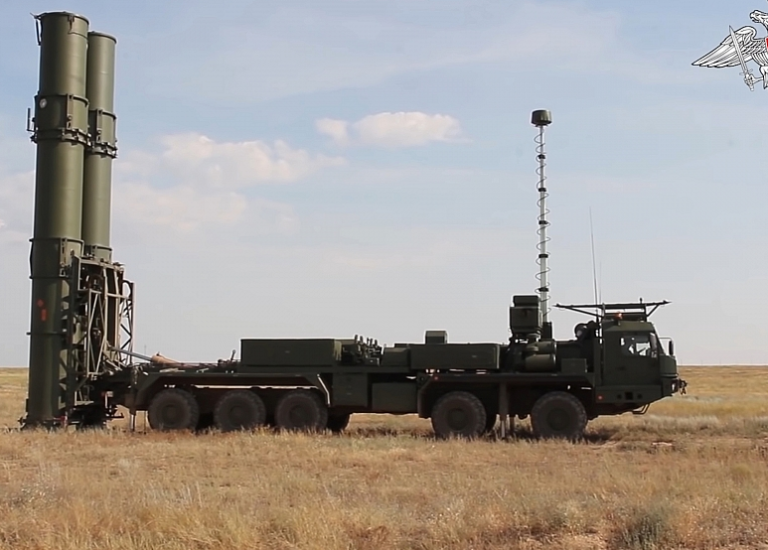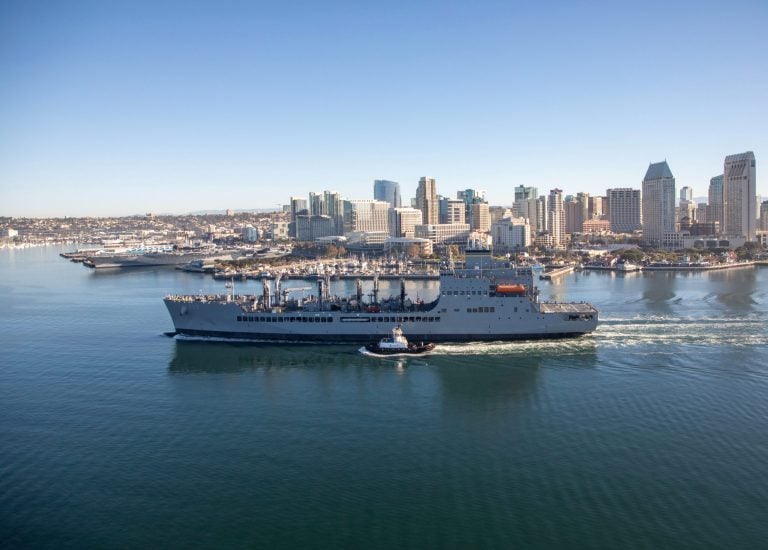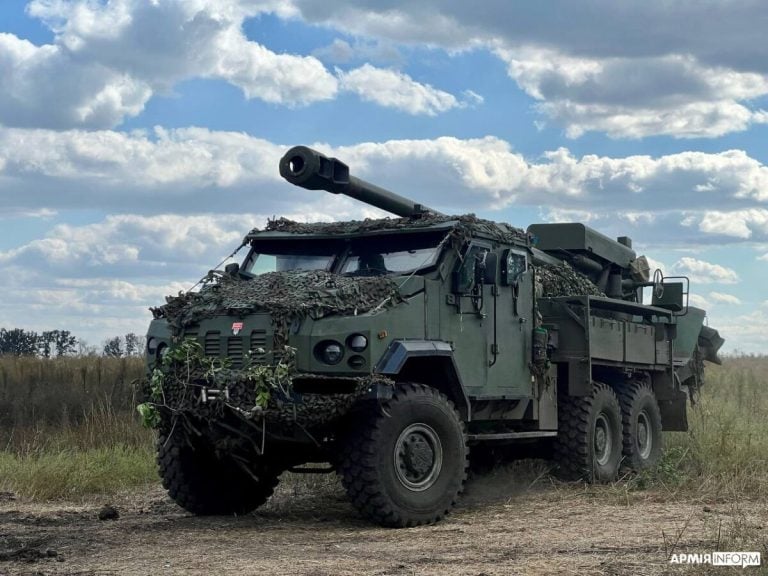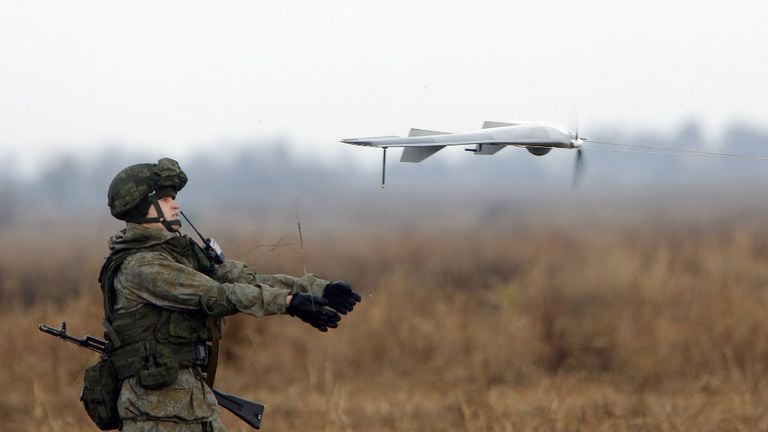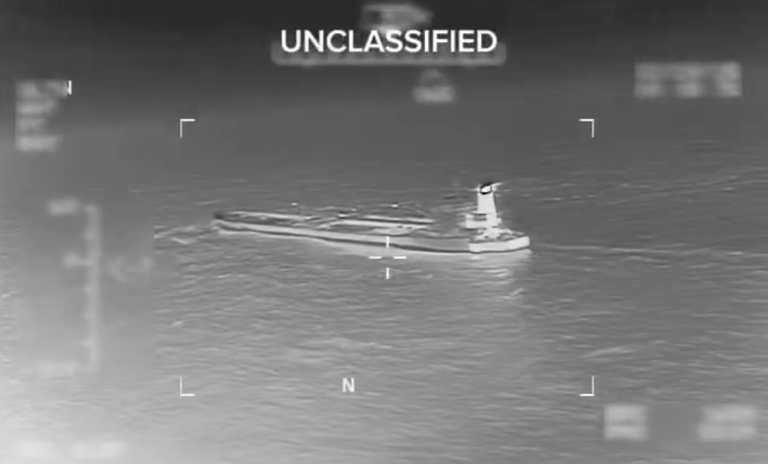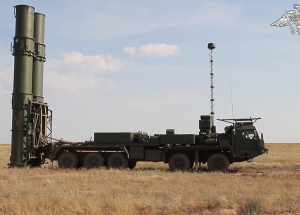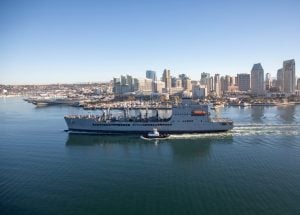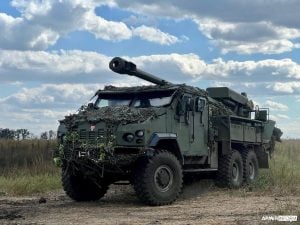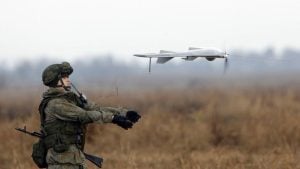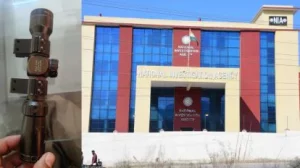The US Navy has entered into a significant agreement with Textron Systems to enhance its fleet of Landing Craft Air Cushion (LCAC) vessels, specifically the 100-class models. The modification contract, valued at $353.9 million, entails the construction and supply of three new hovercraft, with an anticipated completion timeline extending to 2031.
This latest contract builds upon a previous order, initiated in August 2023, which involves the production of up to 73 vessels intended to replace the Navy’s aging fleet of LCACs that have been in operation since the 1980s. The new LCAC 100-class vessels are designed to fulfill a range of essential roles, including assault landing, over-the-horizon transport, and various expeditionary mission support tasks.
In addition to their primary functions, these advanced landing craft will facilitate supply rotations, heavy equipment transportation, and ground vehicle movements between amphibious ships and shore installations. Architecturally similar to their predecessors, each vessel possesses the capability to be outfitted with mounted naval guns, machine guns, and grenade launchers, ensuring robust defensive measures.
The LCAC 100-class is powered by four Rolls-Royce MT7 gas turbines, a modified version of the power system used in the Bell V-22 Osprey, generating a combined output of 28,000 horsepower. Each vessel measures 92 feet (28 meters) in length and boasts a range of approximately 200 nautical miles (370 kilometers), alongside a remarkable maximum speed of 35 knots (65 kilometers per hour).
The progress of the LCAC program has been significant. In November 2024, the Navy placed an order for nine additional LCAC 100s. Since then, Textron has delivered the 14th hovercraft under the program, designated LCAC 113, in June 2025. Currently, Textron is focused on the serial production of LCACs 114 to 126. Notably, the first two vessels from this series, LCAC 100 and LCAC 101, were officially commissioned into service in August 2020.
The Navy’s ongoing investment in the LCAC 100-class is indicative of its commitment to modernize and sustain its amphibious capabilities, ensuring operational efficiency in various maritime missions for years to come.
